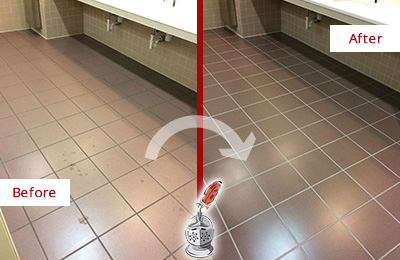Right here down the page yow will discover some good news about Preventing Water Damage in the Bathroom.

The restroom is extremely vulnerable for wet build-up as well as potential water damages because of the regular use of water in it. This write-up uses straightforward assessment techniques to assist discovering water damage threats.
The regular use of water in the washroom makes it very susceptible for wet build-up and prospective water damage. By checking it frequently, you can lower water associated damages.
The adhering to set of examinations is simple to execute as well as need to be done when in every three months in order to maintain your bathroom healthy and to stop potential water problems caused by the bath tub, the shower, pipe joints and also plumbing, sinks, cupboards, and also the commode
Do not disregard performing these examinations as well as be detailed while performing them. Remember that these basic inspections can conserve you a lot of cash by offering very early indicators for water damage
Tub and Shower
The shower and also bathtub call for special focus and upkeep. Check the ceramic tiles and change if cracked. Make certain that there is no missing cement between the ceramic tiles. Evaluate as well as change cracked caulking at joints where the wall surfaces meet the floor or the bath tub. Blocked drains pipes and pipes troubles will protect against the tub from drying out as well as might suggest serious issues beneath the tub. Consult with a professional quickly to avoid architectural damage. Take notice of discolorations or soft locations around the bathtub wall surfaces as they may suggest an inner leak.
Plumbing
Signs for water damages are hard to find because a lot of pipes are set up inside the wall surfaces.
Pay special focus to flooring as well as wall surfaces moisture as well as discolorations as they may suggest an invisible plumbing issue. Examine moisture levels in adjacent rooms also.
Sinks and also Cabinets
Sinks and cupboards are revealed to moisture as well as humidity everyday and also are often overlooked. Examine on a regular basis under the sink and also on the kitchen counter above it. Repair any drip in the trap as it might recommend drainpipe troubles. Look around the sink, slow draining pipes may suggest an obstructed drainpipe. Change sink seals if they are fractured or loosened.
The Commode
The bathroom is a vulnerable water junction. Check the water lines and search for leaks around the commode seat, in the pipe, and under the water tank. If you discover any type of indications of wetness on the flooring around the toilet, check for leaks in the toilet rim and tank seals.
Be aware that hanging toilet bowl deodorants increases the chances for obstructions.
Water Damage Signs In The Bathroom To Avoid Cleanup
Musty smell
This is one of the easiest signs to catch because musty smells are so odorous. The damp, earthy, moldy smell should be a big red flag. The smell will develop when moisture gets trapped in surfaces, and begins to facilitate mold growth. Leaking pipes under cabinets, inside walls, and behind shower fixtures will cause moisture to stay trapped and not dry, which will lead to mold growth and spread. As soon as you notice any musty smells in your bathroom, have it checked for hidden water damage and cleanup signs.
Visible mold
If the smell isn’t there to give it away, sometimes you will actually see mold growth. Finding mold in your bathroom is a serious problem, because mold is very harmful to your health. By the time mold growth is visible, it also means that water damage has already occurred and been present for some time. The only way the mold problem can be resolved is to find the source of the moisture and get it stopped. To safely and adequately remove mold, you need to have professionals handle the remediation. Do not waste any time in getting mold problems addressed, fixed, and sanitized so that you can protect you and your family from the many respiratory symptoms caused by mold exposure.
Damaged floors
Bathroom floors should be able to withstand some exposure to water while still remaining in good condition. However, when excess exposure or water leaks occur, they will begin to damage even the most water-resistant flooring. If you notice any cracking, bubbling, staining, or warping on your bathroom floors, there is probably a water leak somewhere causing the distortion. If you notice areas of the floor have become softer, or even have a spongy feeling, there is probably damage to the subfloor. Subflooring is typically made up of plywood. When plywood is exposed to water or moisture, it will absorb it. Once it has become saturated, the weight of the excess water will cause the wood to swell and soften. Check the floors in your bathroom frequently to catch any of these sings before they lead to damaged subflooring.
Changes on walls
When water leaks behind walls, it will cause changes in the drywall. Peeling plaster, blistering paint, and soggy wallpaper are all good indicators that excess water is building up behind the wall. Water leaking behind drywall will cause it to swell and be soft to the tough. If you start to notice gaps along the trim of your walls, or where tile meets the wall, it could also be a strong indicator that there is a leak behind the wall. Any changes, distortion, or damage on the walls should be evaluated as soon as you notice it to prevent further water damage and cleanup.

I was shown that write-up about How to Repair and Prevent Bathroom Water Damage from a friend on our other website. I beg you take the opportunity to share this entry if you liked it. I value reading our article about Looking for Signs of Water Damage in the Bathroom.
Click Here!